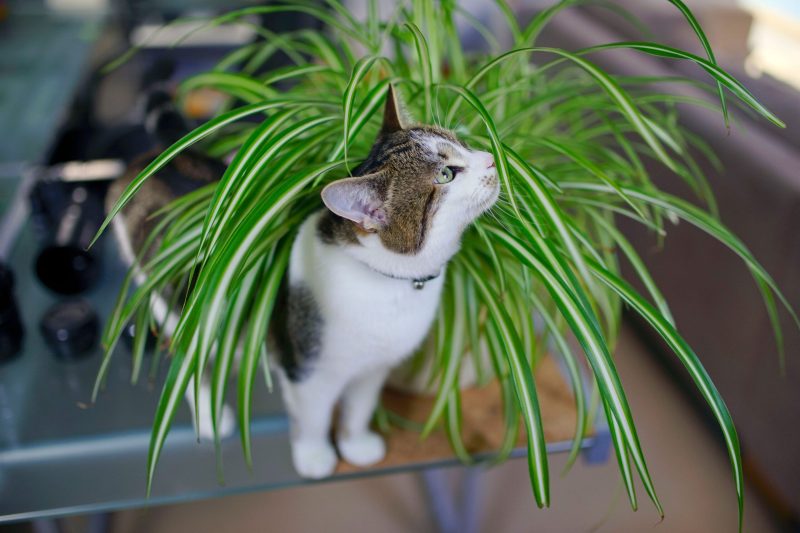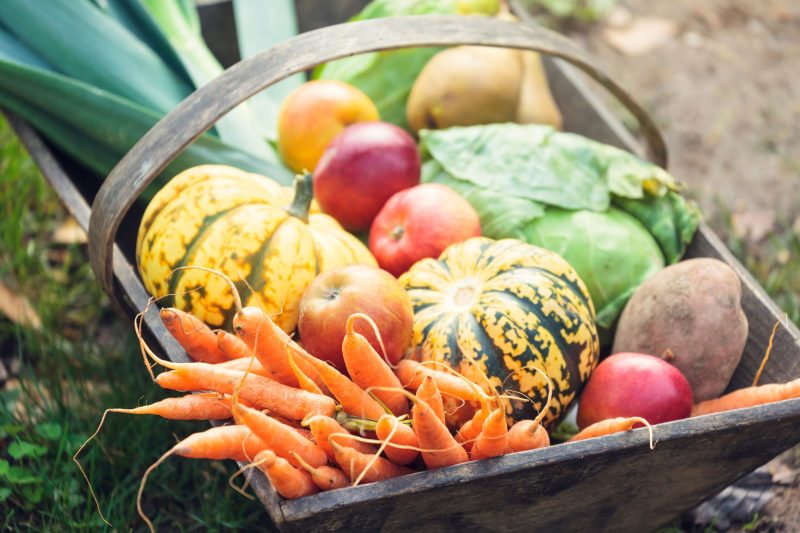All About Hydroponics: A Comprehensive Guide

Hydroponics is a method of growing plants without soil, using water and nutrients to cultivate various crops. This innovative technique has gained popularity among gardeners and commercial growers alike, offering numerous benefits over traditional soil-based cultivation.
In this guide, we’ll explore the world of hydroponics, its various systems, and how you can start your own hydroponic garden at home.
What Is Hydroponics and How Does It Work?
Hydroponics, derived from the Greek words “hydro” (water) and “ponos” (labor), is the practice of growing plants in a nutrient-rich water solution without soil. This method has been studied since the 17th century, though the term “hydroponic” wasn’t coined until the 1930s.
In a hydroponic system, plants receive all the essential elements they need to thrive directly through the water. The system provides water, oxygen, nutrients, and light, eliminating the need for soil as a medium to deliver these vital components. This self-contained approach allows for precise control over the growing environment, resulting in faster growth rates and higher yields than traditional soil-based gardening.
Benefits of Hydroponics
The use of hydroponics presents several advantages. First, it allows for year-round cultivation regardless of external weather conditions. The controlled environment reduces the risk of soil-borne diseases and pests, ensuring healthier plants.
Additionally, hydroponic gardens work well in urban areas where space is limited. They contribute to local food production and reduce transportation costs and emissions associated with long-distance produce shipping.
Types of Hydroponic Systems
Hydroponic systems fall into two main categories: static and continuous flow. Each type has its unique characteristics and benefits.
Static Systems
Static systems are generally simpler and more suitable for beginners or small-scale operations:
- Deep Water Culture (DWC): In this system, you’ll suspend the plants’ roots in nutrient-rich water 24/7. They receive oxygen through air pumps and air stones to prevent root rot.
- Wick System: This passive system uses a wick to draw nutrient solution from a reservoir to the plant roots. It’s ideal for herbs and small plants that don’t require large amounts of water.
Continuous Flow Systems
Continuous flow systems are more complex but offer greater control and efficiency:
- Aeroponics: Plant roots are suspended in air and regularly misted with nutrient solution.
- Drip System: Similar to drip irrigation in traditional gardening, this system slowly delivers a nutrient solution to each plant individually.
- Ebb and Flow: Also known as flood and drain, this system periodically floods the growing area with a nutrient solution before draining it back into the reservoir.
- Nutrient Film Technique (NFT): A thin film of nutrient solution constantly flows over the plant roots in channels or tubes.
Essential Components of a Hydroponic Setup
To create a successful hydroponic garden, you’ll need several key components:
- Reservoir: A container to hold the nutrient solution.
- Pump: Circulates the nutrient solution throughout the system.
- Growing medium: Supports the plants and retains moisture (e.g., rock wool, perlite, or coco coir).
- Nutrient solution: A balanced mixture of essential minerals and elements.
- pH testing kit: Ensures the nutrient solution maintains the proper acidity level.
- Grow lights: Provide artificial light for indoor setups or to supplement natural sunlight.
- Air pump and air stone: Oxygenate the nutrient solution to prevent root rot.
Best Plants for Hydroponic Gardening
Many plants thrive in hydroponic systems, but some are particularly well-suited to this growing method.
Vegetables and Herbs
- Fruiting plants: Tomatoes, peppers, and cucumbers can produce high yields in hydroponic setups.
- Herbs: Basil, mint, cilantro, and parsley are excellent for beginners.
- Leafy greens: Lettuce, spinach, and kale grow quickly and efficiently in hydroponic systems.
- Root vegetables: Carrots and radishes can be grown hydroponically with the right system.
- Strawberries: These berries thrive in hydroponic environments and can produce year-round.
Flowers and Ornamentals
- Carnations: These classic flowers produce vibrant blooms in hydroponic environments.
- Gerbera daisies: These cheerful flowers adapt well to soilless cultivation.
- Orchids: Many orchid species naturally grow without soil and flourish in hydroponic setups.
- Petunias: These colorful flowers adapt well to hydroponic systems.
- Peace lilies: These popular houseplants can thrive in water-based systems.
When choosing plants for your hydroponic garden, consider their nutrient and water requirements to ensure they’re compatible with your chosen system.
Tips for Plant Selection
For beginners, starting with leafy greens and herbs is advisable because they tend to be more forgiving and faster-growing. As you gain experience, you can experiment with more complex plants like fruiting vegetables and flowers.
Getting Started With Hydroponics at Home
Starting a hydroponic garden at home can be an exciting and rewarding experience. You have two main options: building a DIY system or purchasing a pre-made kit.
DIY Hydroponic Gardens
Creating your own hydroponic system can be cost-effective and allows for customization. Here are some popular DIY options:
- Bucket system: Create a simple deep water culture system using food-grade buckets.
- Kratky method: A passive hydroponic technique that requires no electricity or pumps.
- PVC pipe system: Construct a vertical or horizontal garden using PVC pipes and fittings.
When building a DIY system, ensure all materials are food-safe and suitable for hydroponic use. If you’re setting up indoors or in an area with limited natural sunlight., you may also need to invest in a grow light.
Pre-Made Hydroponic Systems
For those who prefer a ready-to-use solution, pre-made hydroponic systems offer convenience and reliability:
- Countertop systems: Compact units ideal for growing herbs and small plants in the kitchen
- Large-scale systems: More extensive setups for serious hobbyists or small commercial operations
- Vertical gardens: Space-saving systems that allow for growing multiple plants in a small footprint
While pre-made systems can be more expensive initially, they often come with everything you need to get started, reducing the learning curve and potential for errors.
Nutrient Management in Hydroponic Gardening
Proper nutrient management is crucial for successful hydroponic gardening. Understanding the essential nutrients and maintaining balance is key to healthy plant growth.
Essential Nutrients for Plant Growth
Plants require 17 essential elements for optimal growth. Each element falls into either the macronutrient or micronutrient category:
- Macronutrients: Nitrogen, phosphorus, potassium, calcium, magnesium, and sulfur
- Micronutrients: Iron, manganese, boron, zinc, copper, molybdenum, and chlorine
Commercial hydroponic nutrient solutions typically contain all these elements in the proper ratios. We strongly recommend following the manufacturer’s instructions for mixing and use.
Maintaining Proper pH and EC Levels
Two critical factors in nutrient management are pH and electrical conductivity (EC):
- pH: Most plants prefer a slightly acidic pH between 5.5 and 6.5. Regular testing and adjustment of the nutrient solution’s pH ensure optimal nutrient uptake.
- EC: This measures the concentration of dissolved salts in the nutrient solution. Different plants have varying EC requirements, so it’s essential to monitor and adjust as needed.
Invest in quality pH and EC meters to accurately measure these levels and make necessary adjustments to your nutrient solution.
Customizing Nutrient Solutions
Different plants have different nutrient needs. Leafy greens might require higher nitrogen levels, while fruiting plants need more potassium and phosphorus. Customizing your nutrient solution according to the plants you’re growing can enhance the overall success and yield of your hydroponic garden.
Advantages of Hydroponic Gardening
Hydroponic gardening offers several benefits over traditional soil-based cultivation:
Water Efficiency
Hydroponic systems use up to 90% less water than conventional gardening methods. The closed-loop design allows for water recycling and minimal evaporation, making it an excellent choice for water-conscious gardeners.
Increased Yield and Growth Rate
Plants in hydroponic systems often grow faster and produce higher yields than their soil-grown counterparts. This increase is due to the direct delivery of nutrients and optimal growing conditions.
Space-Saving Solutions
Hydroponic gardens are spatially versatile, working well in vertical or compact configurations, making them ideal for urban environments or small spaces. This versatility allows for super seeds to be grown in areas where traditional gardening might not be possible.
Pesticide Reduction
The controlled environment of hydroponic systems reduces the need for pesticides. This results in healthier plants and cleaner produce, which benefits both the gardener and the consumer.
Challenges and Considerations in Hydroponics
While hydroponics offers many advantages, it also comes with some challenges:
Initial Costs and Maintenance
Setting up a hydroponic system can be more expensive than traditional gardening. Ongoing costs include electricity for pumps and lights, as well as regular replenishment of nutrients and growing media.
Potential System Failures
Hydroponic gardens rely on electricity and proper equipment function. We advise you to address power outages or pump failures promptly, as a lack of either resource can quickly damage or kill your plants.
Pest and Disease Management
While hydroponic systems generally have fewer pest issues than soil gardens, they’re not immune. Careful monitoring and prompt action are necessary to prevent the spread of pests or diseases in the closed system.
Learning Curve
Hydroponic gardening requires different skills than traditional soil gardening. Understanding the mechanics of the system, nutrient management, and the plants’ specific needs can take some time. Initial mistakes are common, but they provide valuable learning experiences for future success.
Environmental Impact of Hydroponics
Hydroponics can have a positive environmental impact. Here are just a few benefits:
- Minimal pesticide use
- Reduced transportation costs for produce
- Reduced water usage
- Year-round local food production
However, we recommend considering the energy consumption of indoor hydroponic systems when evaluating overall environmental impact. Utilizing renewable energy sources or energy-efficient systems can mitigate some of these concerns.
Sustainable Practices
Integrating sustainable practices such as rainwater harvesting and using biodegradable growing media can enhance the ecological footprint of hydroponic gardening, making it even more environmentally friendly.
Hydroponics vs. Traditional Soil Gardening
While hydroponics offers many advantages, traditional soil gardening remains popular. Here’s a comparison:
- Initial cost: Soil gardening is generally less expensive to start.
- Maintenance: Hydroponics requires more regular monitoring and maintenance.
- Nutrient control: Hydroponics allows for precise nutrient management.
- Water use: Hydroponics is more water-efficient.
- Yield: Hydroponics typically produces higher yields in less space.
Hydroponics: Our Conclusion
Hydroponics offers an innovative and efficient way to grow plants, providing numerous benefits such as water conservation, increased yields, and space-saving solutions.
While it requires some initial investment and ongoing maintenance, the rewards can be significant for both home gardeners and commercial growers. Whether you’re a seasoned gardener or a curious beginner, exploring the world of hydroponics can open up exciting new possibilities for growing fresh, healthy produce year-round.







